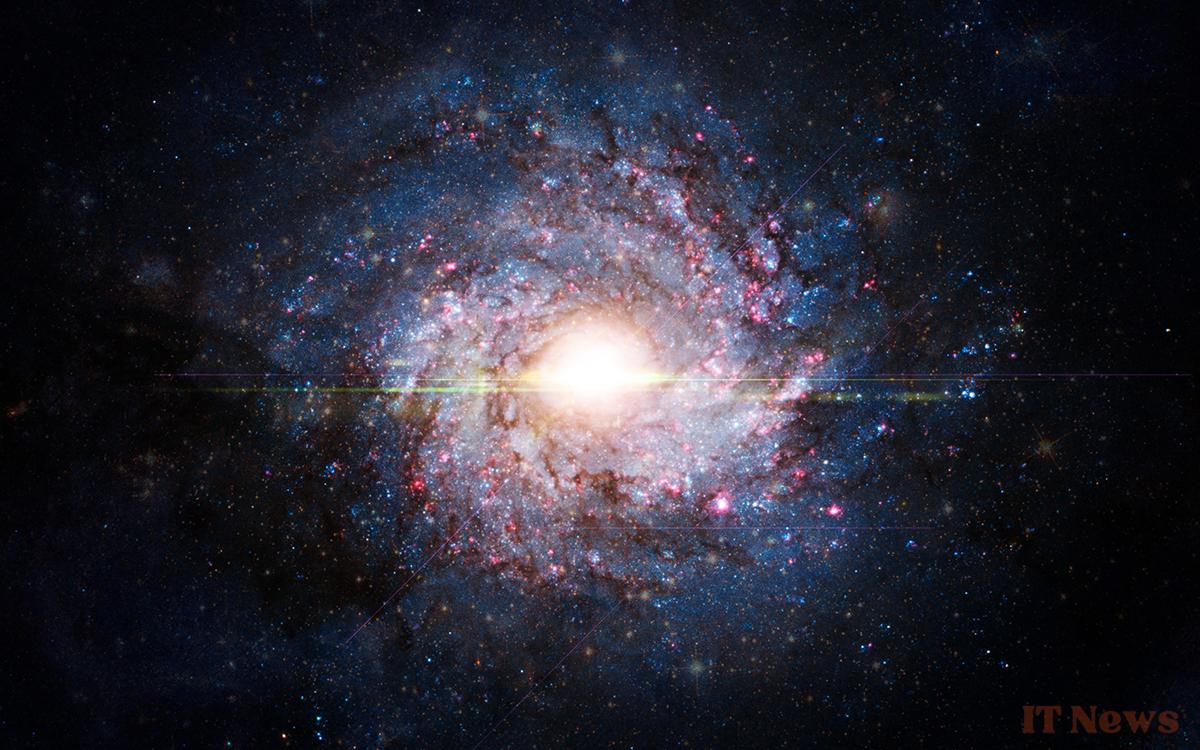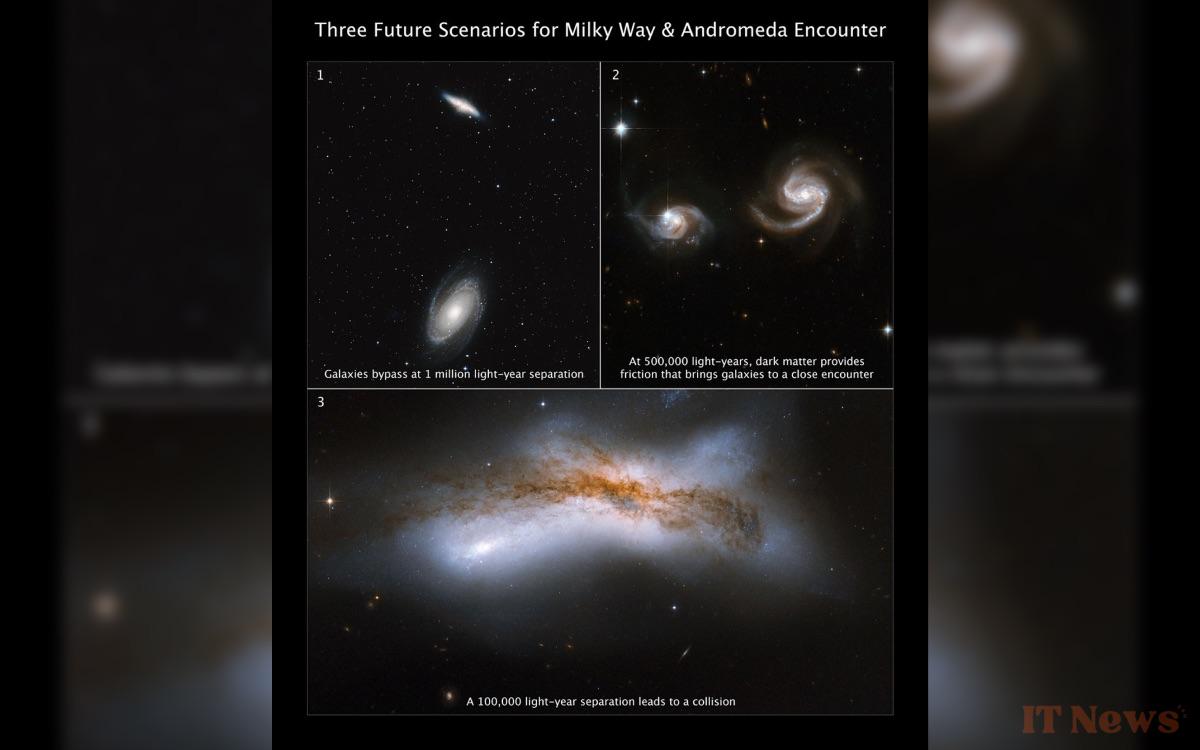A cosmic encounter once thought inevitable may never happen. Researchers have recalculated galactic trajectories using more recent data. The fate of our galaxy remains much more uncertain than previously thought.
For years, scientists have been predicting a major collision between our galaxy and its nearest neighbor. This idea is based on the speed of approach of the two celestial structures, observed from Earth. Many models predicted that they would eventually merge in the distant future. This merger would create a single, immense galaxy, nicknamed "Milkomeda," a combination of the names of our Milky Way and Andromeda. This scenario was among the most likely. But a new study published in the journal Nature challenges this perspective. By combining observations from the Hubble and Gaia telescopes, an international team simulated the movements of several galaxies over a period of 10 billion years. Contrary to previous results, the probability of a merger between the Milky Way and Andromeda is no longer considered almost certain. It would now be 50%, transforming an event that was supposedly inevitable into a mere possibility.
New data reduces the probability of a collision between the Milky Way and Andromeda to 50%
The researchers incorporated elements missing from previous models into their simulation. In particular, the influence of the Large Magellanic Cloud, a satellite galaxy of the Milky Way, was taken into account. Its large mass and perpendicular orbit modify the predicted gravitational interactions between large galaxies. According to the results, a direct head-to-head with Andromeda becomes highly unlikely, with less than a 2% chance. In most merger scenarios, the two galaxies would make an initial distant pass, losing energy, before merging. But if this distance exceeds 500,000 light-years, they might never meet.
In contrast, the Milky Way seems almost certain to absorb the Large Magellanic Cloud within two billion years. This closer and more modest merger should mark an important step in the evolution of our galaxy. Astronomers point out, however, that several unknowns remain. Differences in masses, exact positions, and relative speeds can profoundly influence the results. New data from the Gaia telescope, expected in the coming months, may help refine these projections and determine whether the collision with Andromeda will actually occur one day.





0 Comments